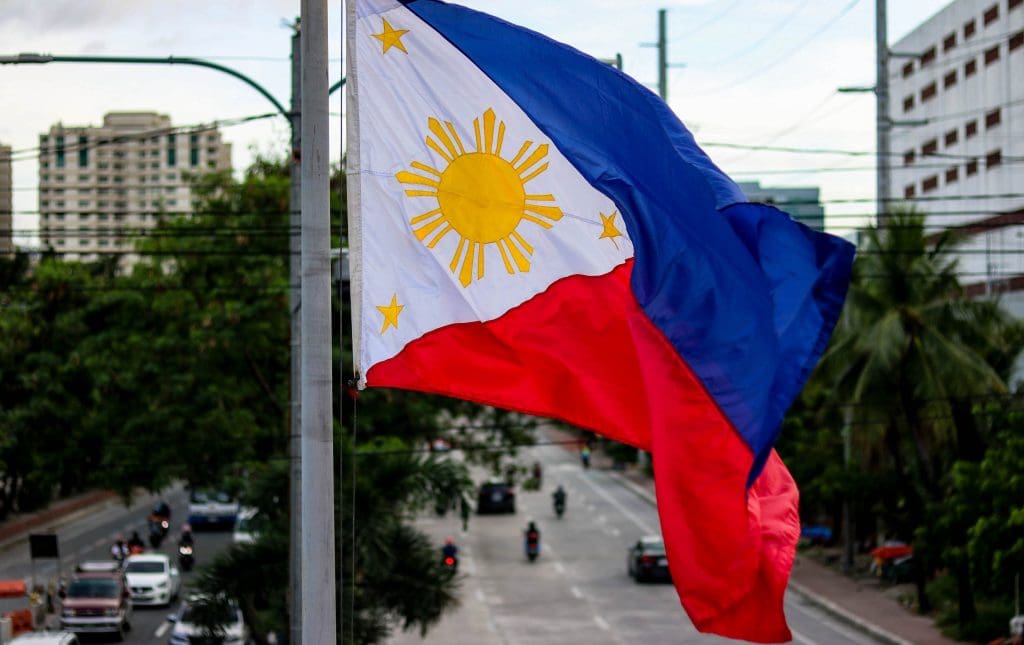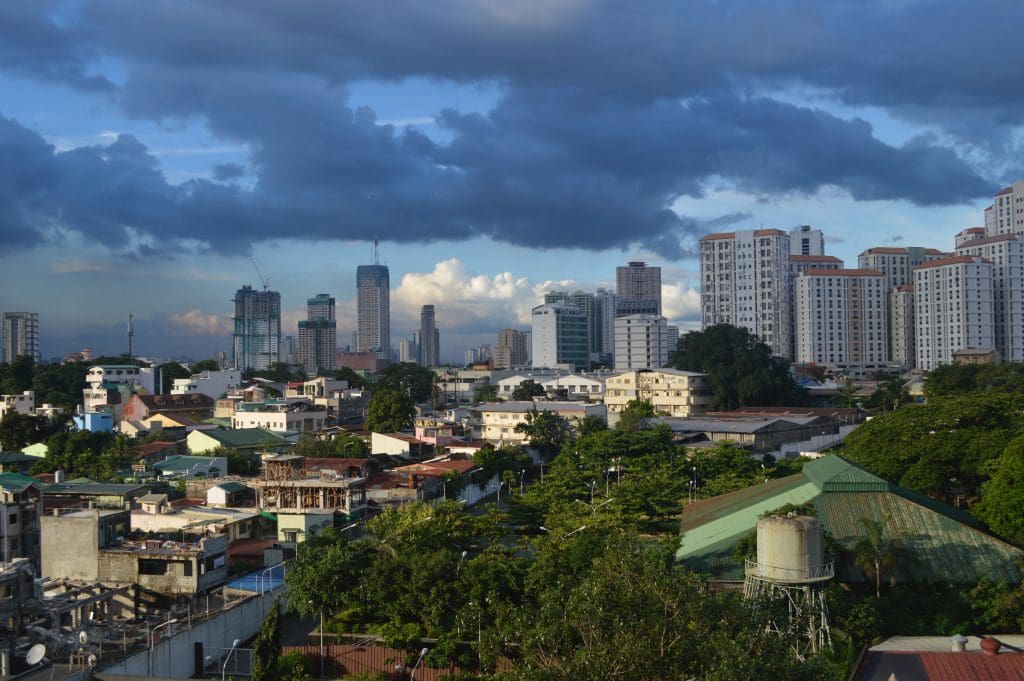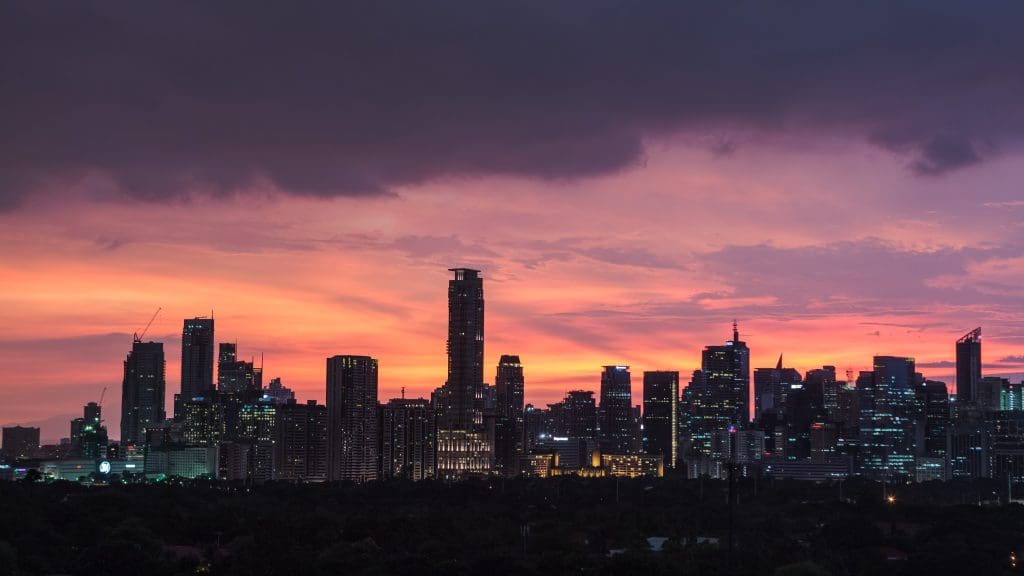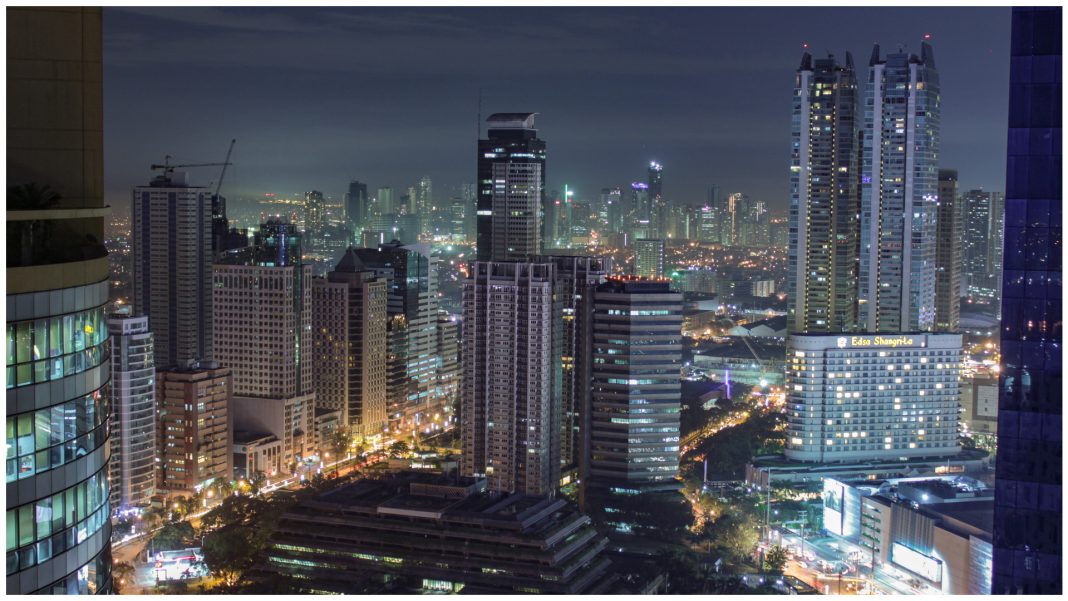The International Monetary Fund (IMF), an international organization with the goal of global financial cooperation and international trade, anticipates the Philippines reaching a GDP growth rate of 6.4% by the year 2028. By the end of the year 2023, a growth rate of 5.3% is already projected.

Other than the IMF, the World Bank also anticipates the Philippines to be one of the fastest growing economies in Southeast Asia this year, just behind Cambodia. After the World Bank adjusted its GDP growth projection by virtue of global economic changes like inflation, the Philippines has comparatively stepped down its expansion last year, however still outpacing its other Southeast Asian counterparts.
According to the report by both international organizations, the Philippines stands at the 19th position overall internationally, projecting a GDP growth rate of 5.9%, while Cambodia takes the 14th spot with a growth rate of 6.1%.

Key contributors to the growth of the Philippine economy were reported to be because of wholesale and retail trade, manufacturing, and construction sectors.
Despite recent improvements in the economic situation of the country, the IMF also projects larger problems for the country in the times to come including increased borrowing costs from the World Bank, exchange rate increases, and more inflation.

However, there are present international policies that help mitigate such problems, such as the recent reform in the Public Service act which allows full foreign ownership in public services which will encourage more investments. The World Bank recommends the region for the liberalization of trade, and for giving solutions to problems regarding infrastructure and skill issues, resulting in employment in East Asia and the Pacific.

